Your heart is racing at 3 AM again. You’ve tried the breathing exercises – in for four, hold for four, out for four. You’ve downloaded the meditation apps. You’ve done the yoga, cut the caffeine, exercised regularly. Hell, you could probably teach a masterclass on “coping skills” at this point. Yet here you are, wide awake, body vibrating with that familiar electric dread, Googling “anxiety therapist near me” and wondering why nothing fucking works.
Here’s what the self-help industrial complex won’t tell you: anxiety isn’t just overthinking that needs better thought management. It’s not just stress that needs more bubble baths. For many of us, anxiety is our nervous system’s learned response to a world it perceives as dangerous. And all the breathing exercises in the world won’t retrain a nervous system that’s been wired for threat detection since childhood.
The search for an anxiety therapist shouldn’t lead you to another professional teaching you to breathe into a paper bag. You need someone who understands that your anxiety might be your body’s wisdom, not its malfunction. Someone who knows that beneath anxiety often lies unprocessed trauma, systemic oppression, existential terror, or a sensitive nervous system trying to navigate an overwhelming world.
Types of Anxiety Require Different Treatments
Generalized Anxiety Disorder is the shapeshifter of anxiety disorders. It’s not about one thing – it’s about everything. Your mind is a 24/7 news channel broadcasting potential catastrophes. What if you get fired? What if your partner leaves? What if that headache is a brain tumor? What if, what if, what if. Your nervous system never gets to rest because danger could come from anywhere, at any time.
For GAD, Cognitive-Behavioral Therapy can actually be helpful because those racing thoughts are part of the problem. Learning to catch and challenge catastrophic thinking, to tolerate uncertainty, to postpone worry – these skills can turn down the volume on the mental noise. Mindfulness-based approaches teach you to observe anxious thoughts without being hijacked by them. You learn that you are not your anxiety; you’re the awareness that can witness anxiety moving through.
But here’s where it gets interesting: some people with GAD actually benefit more from Acceptance and Commitment Therapy (ACT) than traditional CBT. Instead of challenging anxious thoughts, ACT teaches you to make room for them while still moving toward what matters to you. Your mind says, “You’ll fail and everyone will laugh.” ACT says, “Thanks for the warning, mind. I’m doing it anyway.” It’s about changing your relationship with anxiety rather than eliminating it.
Panic Disorder is a different animal entirely. It’s not about thoughts – it’s about your body suddenly deciding you’re dying when you’re actually just buying groceries. Heart pounding, chest tight, can’t breathe, might pass out, definitely dying. The fear of panic attacks becomes worse than the attacks themselves. You start avoiding places where you’ve panicked before, then places where you might panic, until your world shrinks to the size of your safe zone.
Panic needs body-based interventions. Somatic approaches help you recognize the early signs of activation and discharge the energy before it builds to panic. You learn that those physical sensations aren’t dangerous – they’re just your sympathetic nervous system doing its thing. Exposure therapy, done skillfully, helps you practice having those sensations without catastrophizing about them. You might do exercises that deliberately induce panic-like sensations – spinning in a chair, breathing through a straw – to learn that you can tolerate them.
EMDR can be remarkably effective for panic, especially when the panic is connected to earlier trauma. Sometimes panic attacks are body memories of times when you really were in danger. Your body remembers even if your mind doesn’t. Processing those underlying memories can stop the panic at its root.
Social Anxiety is not just being shy or introverted. It’s the conviction that everyone is watching, judging, finding you lacking. It’s rehearsing conversations for hours beforehand and analyzing them for days after. It’s the physical symptoms – blushing, sweating, shaking – that seem determined to prove your worst fears about being visibly anxious.
Group therapy might seem like torture for social anxiety, but it’s actually one of the most effective treatments. In a therapy group, you get to practice being seen, making mistakes, taking up space, all in a contained environment with others who understand. You discover that other people are too worried about themselves to scrutinize you the way you imagined. You learn that you can be anxious and still be accepted.
Schema therapy addresses the deeper beliefs underneath social anxiety. Maybe you learned early that making mistakes meant rejection. That being noticed meant criticism. That showing vulnerability meant being hurt. These schemas run deeper than thoughts – they’re the lenses through which you see the world. Schema therapy helps you recognize these patterns and develop healthier ways of getting your emotional needs met.
OCD is anxiety’s most misunderstood presentation. It’s not about being neat or organized. It’s about intrusive thoughts so disturbing you’d do anything to make them stop. It’s about compulsions that start as solutions but become prisons. The thought that you might hurt someone you love. The fear that you left the stove on and your house will burn down. The terror that you’re contaminated or contaminating others.
For OCD, most anxiety treatments not only don’t work – they make things worse. Reassurance reinforces the OCD cycle. Thought challenging gives the thoughts more power. Relaxation techniques become compulsions themselves. This is why you need an OCD specialist, not just an anxiety therapist.
Exposure and Response Prevention (ERP) is the gold standard for OCD. You deliberately expose yourself to the feared thought or situation without doing the compulsion. Touch the doorknob without washing your hands. Have the violent thought without seeking reassurance. Leave the house without checking the stove. It’s brutal and effective. Your brain learns that the anxiety will pass without the compulsion, that the feared outcome doesn’t happen, that you can tolerate uncertainty.
Health Anxiety is the special hell of being convinced your body is betraying you. Every sensation is a symptom. Every symptom is a disease. Every disease is terminal. You Google symptoms, seek reassurance from doctors, check your body constantly. The brief relief when tests come back normal is immediately replaced by “what if they missed something?”
Health anxiety needs specialized CBT that addresses both the cognitive and behavioral components. You learn to recognize how anxiety creates physical sensations that feel like illness. You practice sitting with physical discomfort without immediately catastrophizing. You gradually reduce body checking and medical reassurance-seeking. Most importantly, you address the underlying fear of death and loss of control that health anxiety often masks.
Innovative Anxiety Treatments Most Therapists Don’t Offer
Let’s talk about the approaches that are changing the game for anxiety treatment – the ones that understand anxiety as more than just a cognitive problem that needs better thinking.
Polyvagal Theory has revolutionized how we understand and treat anxiety. Your vagus nerve, the longest nerve in your body, controls your autonomic nervous system’s response to threat. When it detects danger, you move from social engagement (ventral vagal) to fight/flight (sympathetic) to freeze/shutdown (dorsal vagal). Anxiety often means you’re stuck in sympathetic activation or bouncing between states without access to the calm, connected ventral vagal state.
Polyvagal-informed therapy teaches you to recognize your nervous system states and build practices that strengthen vagal tone. This might include specific breathing patterns that activate the vagus nerve, humming or singing to stimulate vagal pathways, or cold water exposure to train nervous system resilience. You learn to be a loving parent to your nervous system rather than its critic.
The beauty of polyvagal approaches is they explain why anxiety feels so physical. It’s not “all in your head” – it’s in your entire autonomic nervous system. This validation alone can be healing for people who’ve been told they’re being dramatic or need to just calm down.
Neurofeedback is like going to the gym for your brain. Using EEG sensors, you can see your brainwave patterns in real-time and train them toward calmer states. Anxious brains often show excessive fast-wave activity (beta waves) and insufficient slow-wave activity (alpha and theta waves). Through neurofeedback, you literally train your brain to produce more optimal patterns.
You might watch a movie that only plays smoothly when your brain produces calm alpha waves. Or play a game where your spaceship flies higher when you reduce anxious beta waves. Over sessions, your brain learns to self-regulate more effectively. It’s not about trying to relax – it’s about your brain learning what regulation feels like and how to get there.
What makes neurofeedback powerful for anxiety is that it works below conscious awareness. You don’t have to understand why you’re anxious or have insights about your childhood. Your brain does the learning directly. For people whose anxiety seems to come from nowhere, whose bodies are anxious even when their minds are calm, neurofeedback can create changes that talk therapy couldn’t touch.
Ketamine-assisted psychotherapy is the new frontier for treatment-resistant anxiety. Ketamine, at sub-anesthetic doses, creates a temporary state of neuroplasticity – your brain becomes more flexible, more capable of forming new neural pathways. In this state, therapy can create changes that might take years to achieve otherwise.
The ketamine experience itself can be profoundly healing for anxiety. Many people describe a sense of distance from their anxious thoughts, an ability to observe them without being consumed. Some experience a dissolution of the ego that puts their anxiety in perspective. The insights that emerge during and after ketamine sessions can be integrated through therapy, creating lasting change.
But here’s the key: it’s not just about the ketamine. It’s about the therapy that happens in that neuroplastic state. A skilled ketamine-assisted therapist helps you prepare for the experience, guides you through it, and helps you integrate what emerges. Without proper therapeutic support, ketamine is just a temporary escape.
Somatic approaches recognize that anxiety lives in the body as much as the mind. Your shoulders chronically raised toward your ears. Your jaw clenched even in sleep. Your breath shallow and restricted. These aren’t just symptoms of anxiety – they’re part of what maintains it.
Somatic Experiencing helps you track sensation in your body and complete interrupted defensive responses. Maybe your body wanted to run from danger but couldn’t, and now it’s stuck in that activated state. Through gentle attention to sensation and micro-movements, you help your nervous system discharge that trapped survival energy.
Hakomi uses mindfulness and somatic awareness to explore the unconscious beliefs organized in your body. The way you hold yourself tells a story. The chronic tension in your chest might be protecting a tender heart. The collapsed posture might be trying to make you smaller, less of a target. By bringing loving awareness to these patterns, you can update the beliefs they’re based on.
Acceptance and Commitment Therapy (ACT) takes a radically different approach to anxiety. Instead of trying to reduce anxiety, ACT focuses on psychological flexibility – the ability to stay present with whatever you’re experiencing while moving toward what matters to you.
ACT uses mindfulness, not to calm anxiety, but to change your relationship with it. You learn to observe anxiety as a passing experience rather than an emergency. Metaphors help shift perspective: anxiety is weather passing through the sky of your consciousness, not the sky itself. It’s a passenger in your car, not the driver.
Values clarification helps you identify what truly matters to you, what you want your life to be about. Then you learn to take committed action toward those values, even when anxiety shows up. It’s not about waiting until you’re not anxious to live your life. It’s about living your life fully, anxiety and all.
Why Your Previous Therapy Might Have Failed
Let’s be honest about why so many people cycle through therapists without finding relief from anxiety. It’s not because you’re treatment-resistant or not trying hard enough. It’s often because of fundamental mismatches between what you need and what you’re getting.
The therapist-anxiety mismatch is real. If you have health anxiety and your therapist keeps reassuring you that you’re fine, they’re actually reinforcing the anxiety cycle. If you have panic disorder and your therapist focuses on your childhood without addressing the panic attacks happening now, you’re going to stay stuck. If you have social anxiety and your therapist’s style is confrontational, you might shut down rather than open up.
Many therapists treat symptoms without addressing root causes. They teach you to manage panic attacks without exploring what your body might be panicking about. They help you challenge anxious thoughts without questioning why your nervous system is on high alert. It’s like taking painkillers for a broken bone without setting the fracture.
The medication-only trap is particularly common with anxiety. You see a psychiatrist for fifteen minutes, get prescribed an SSRI or benzodiazepine, and that’s considered treatment. Medication can be helpful – it can lower the volume on anxiety enough that you can engage in therapy. But medication alone doesn’t retrain your nervous system, doesn’t address underlying trauma, doesn’t teach you how to relate differently to anxiety.
Worse, some medications can actually interfere with therapy. Benzodiazepines might reduce your anxiety in the moment but prevent the new learning that happens when you tolerate anxiety and discover you survive. They can also interfere with the processing necessary for trauma resolution. You need a psychiatrist who understands how medication and therapy work together, not instead of each other.
College-Specific Anxiety Issues
College anxiety is its own special breed of hell. You’re supposed to be having the best years of your life, but instead you’re having panic attacks in the library and crying in dormitory bathrooms. The pressure is unrelenting – academic, social, financial, existential. And everyone else seems to be handling it fine, which must mean something’s wrong with you.
Test anxiety goes beyond normal nervousness. Your mind goes blank during exams despite knowing the material. Your body treats a calculus test like a tiger attack. The fear of failure becomes so overwhelming that it creates the very failure you’re trying to avoid. You procrastinate studying because the anxiety is unbearable, then hate yourself for procrastinating, creating more anxiety.
“How to avoid procrastination in university” is one of the most Googled phrases by college students, but it’s asking the wrong question. Procrastination isn’t the problem – it’s a solution to the problem of overwhelming anxiety. When facing a task triggers your threat detection system, procrastination is your nervous system’s way of avoiding perceived danger. The question isn’t how to stop procrastinating but why your nervous system perceives academic tasks as threats.
“How to overcome procrastination in college” requires understanding that procrastination is often perfectionism’s evil twin. If you can’t do it perfectly, you don’t do it at all. If starting means risking failure, you don’t start. The anxiety about not being good enough becomes paralyzing. You need strategies that address the anxiety beneath the procrastination, not just time management tips.
UAB students face particular pressures. The pre-med track is brutal, with every grade potentially affecting medical school chances. The culture of competitive suffering – whoever sleeps least, studies most, suffers hardest wins – normalizes anxiety as the price of success. The message is clear: if you’re not anxious, you’re not working hard enough.
Performance anxiety in college extends beyond academics. Social media creates constant performance pressure. Everyone’s highlight reel makes your behind-the-scenes look pathetic. Greek life, athletics, internships – every arena becomes a stage where you might fail, be rejected, not measure up.
For college students, therapy needs to address both immediate symptom relief and deeper patterns. You need tools for managing test anxiety AND exploration of where the perfectionism comes from. Coping strategies for panic attacks AND understanding of why your nervous system is so activated. Time management skills AND compassion for the part of you that’s terrified of failure.



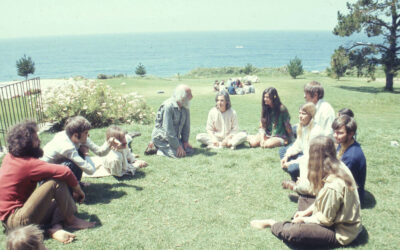


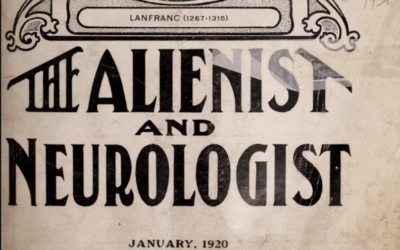
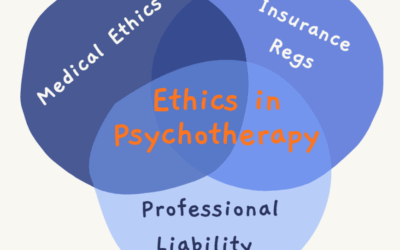
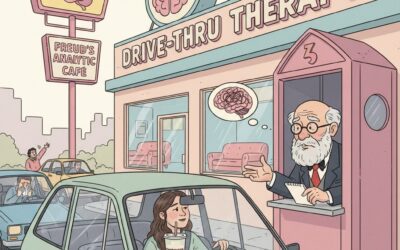


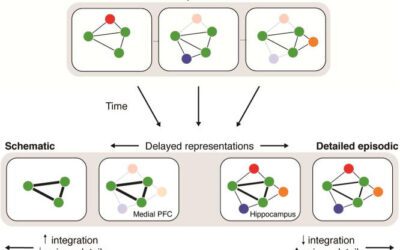

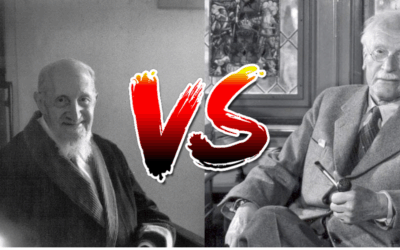






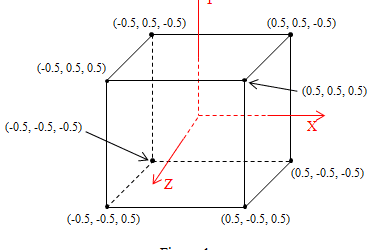


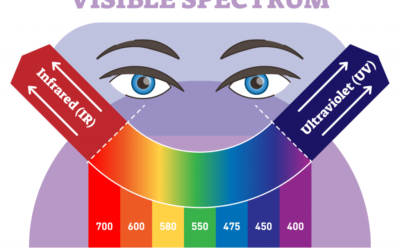


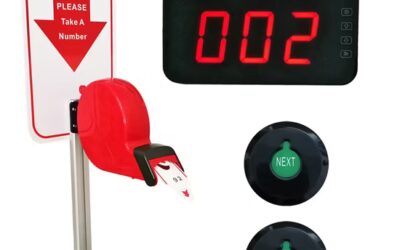
0 Comments